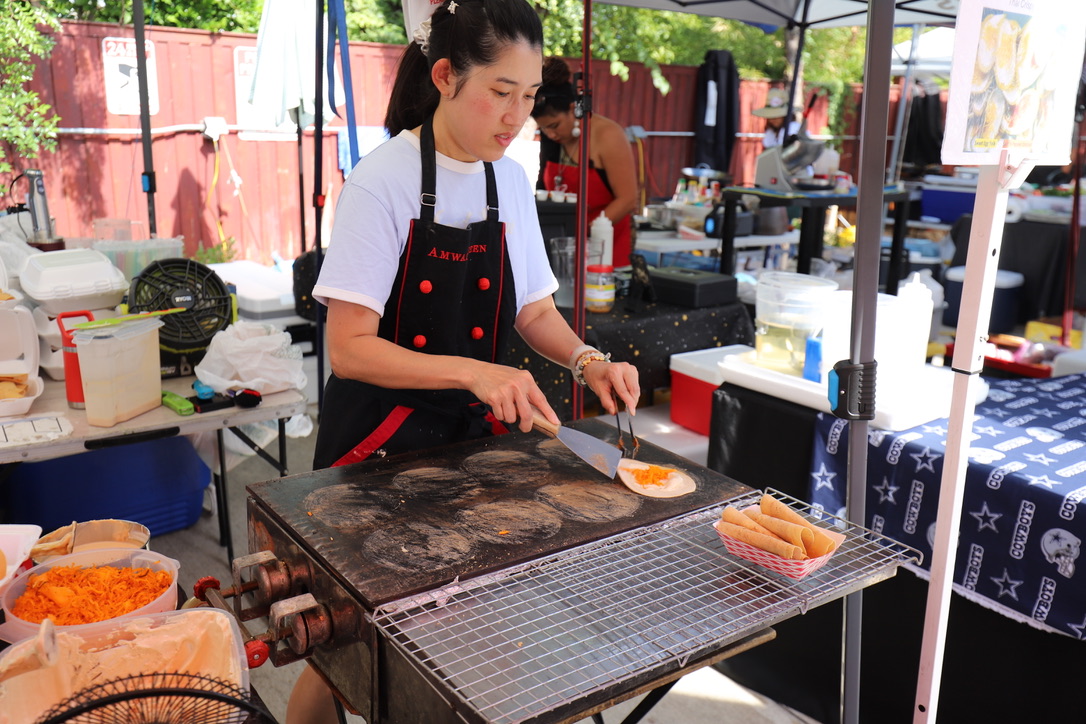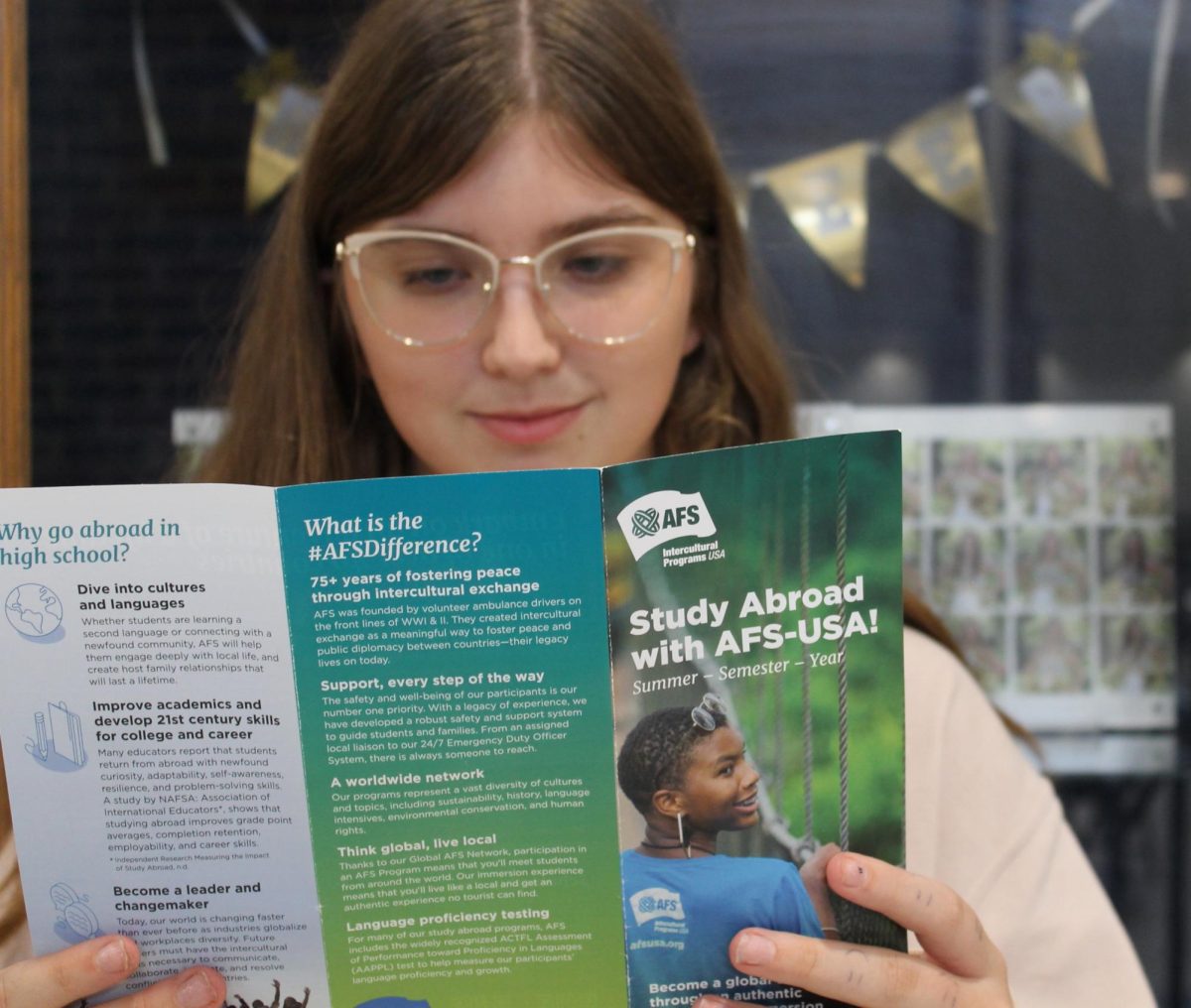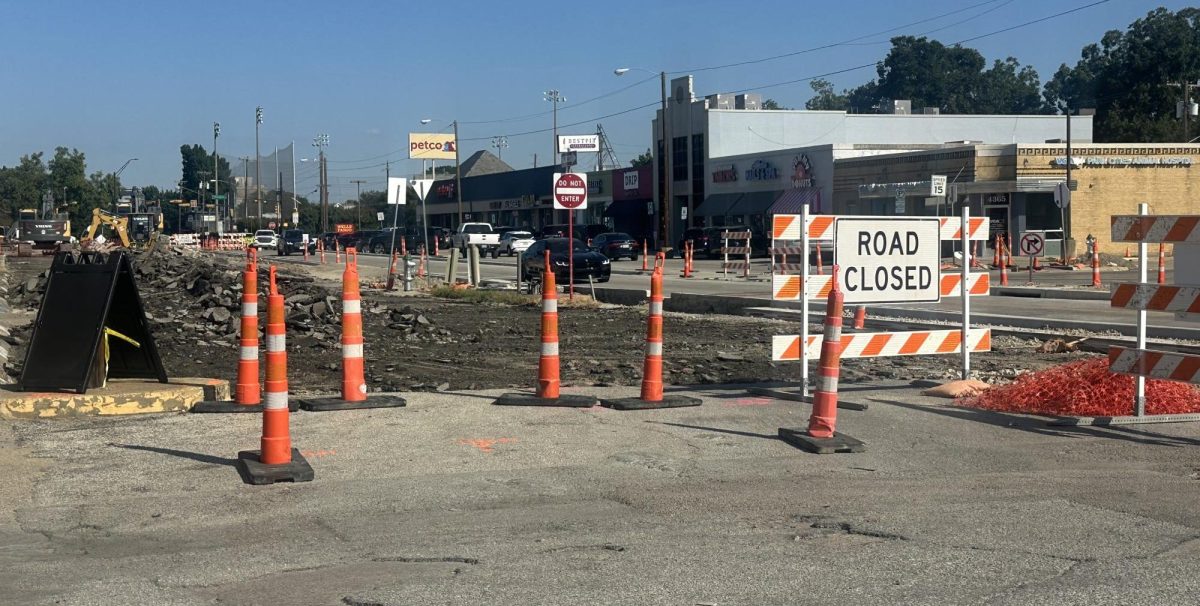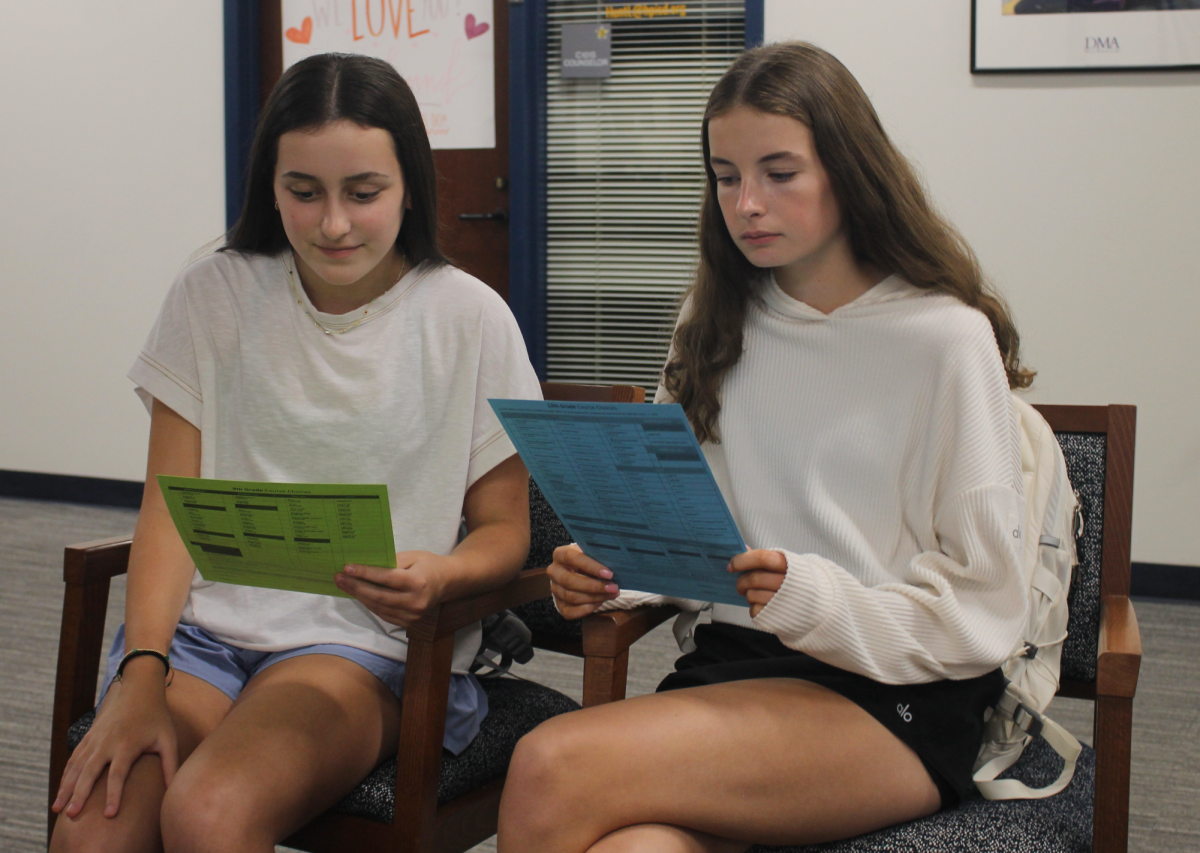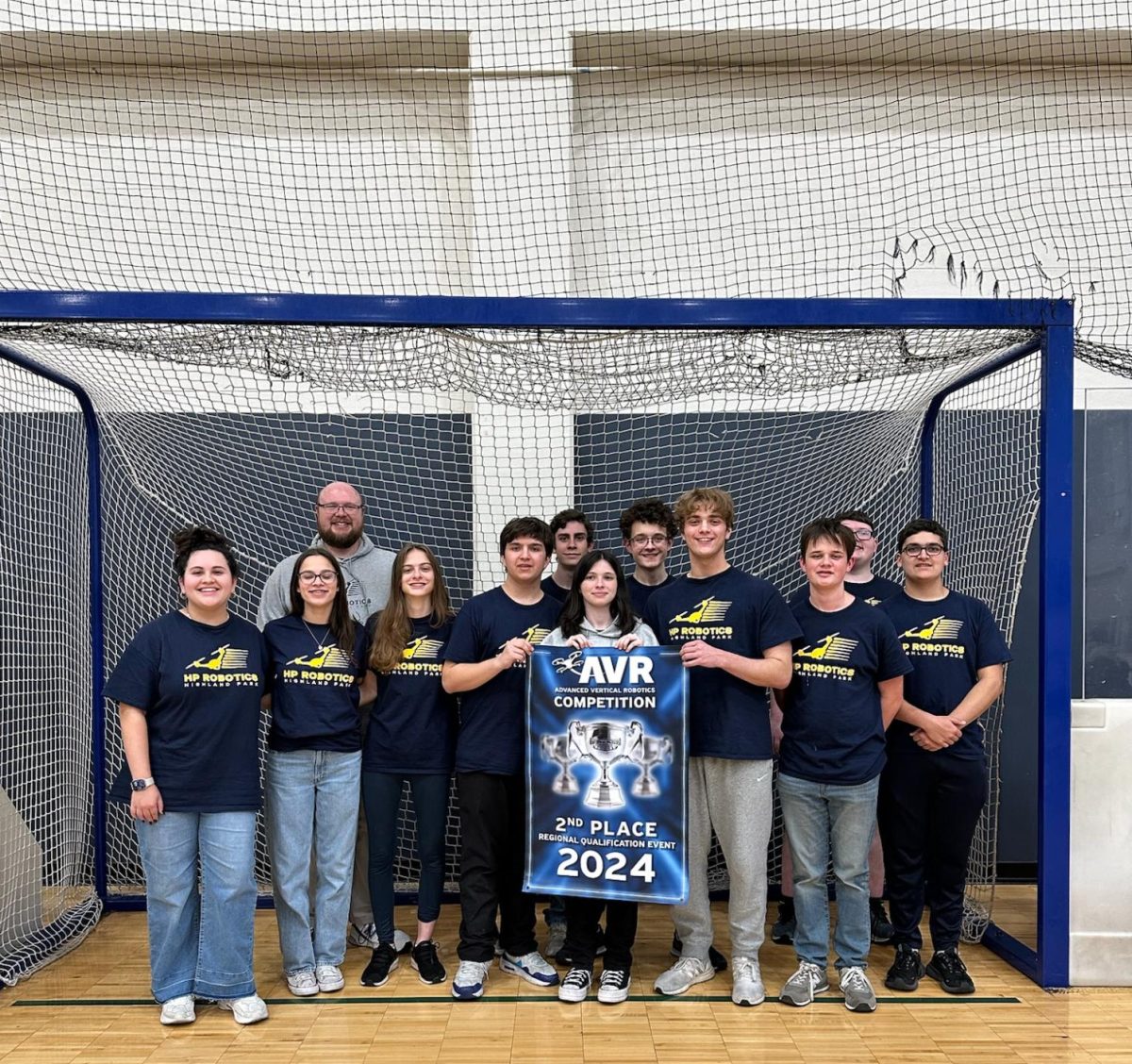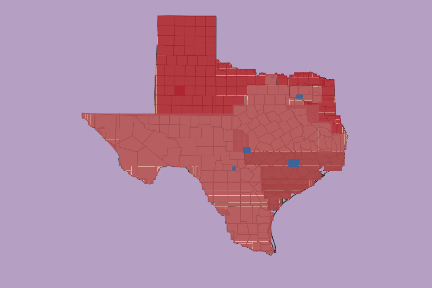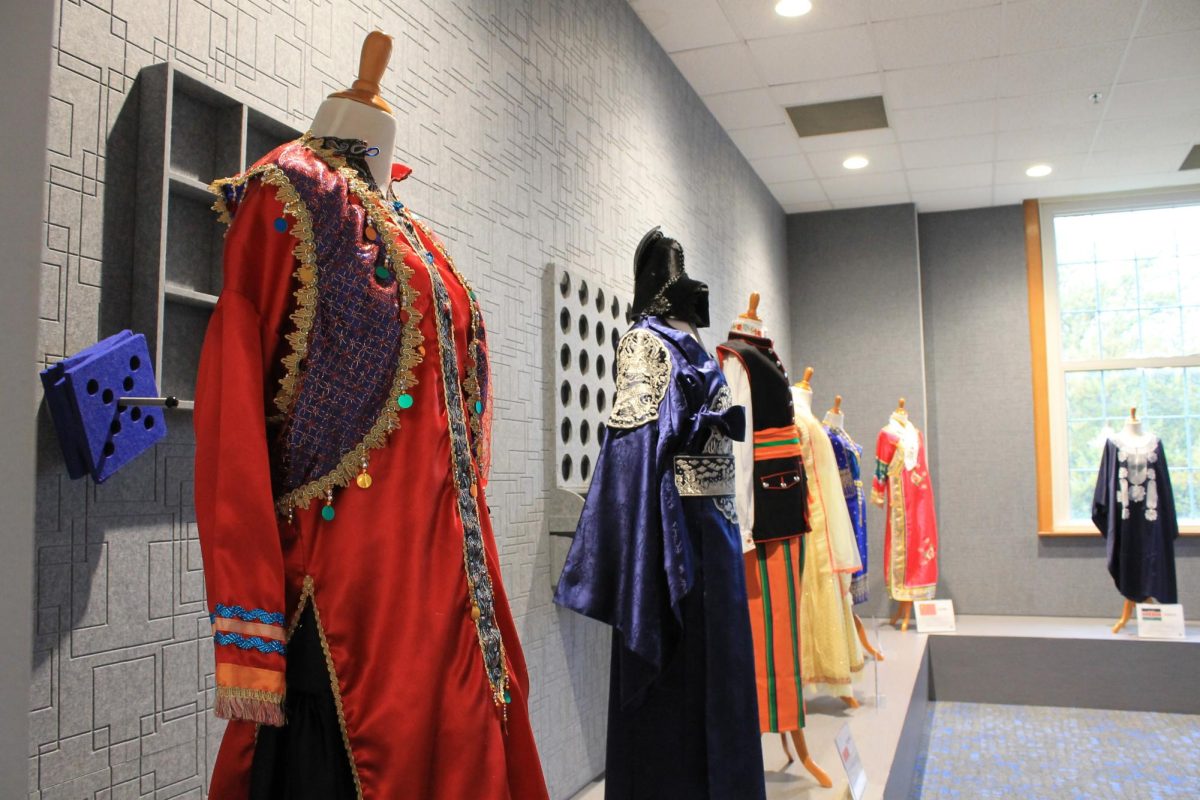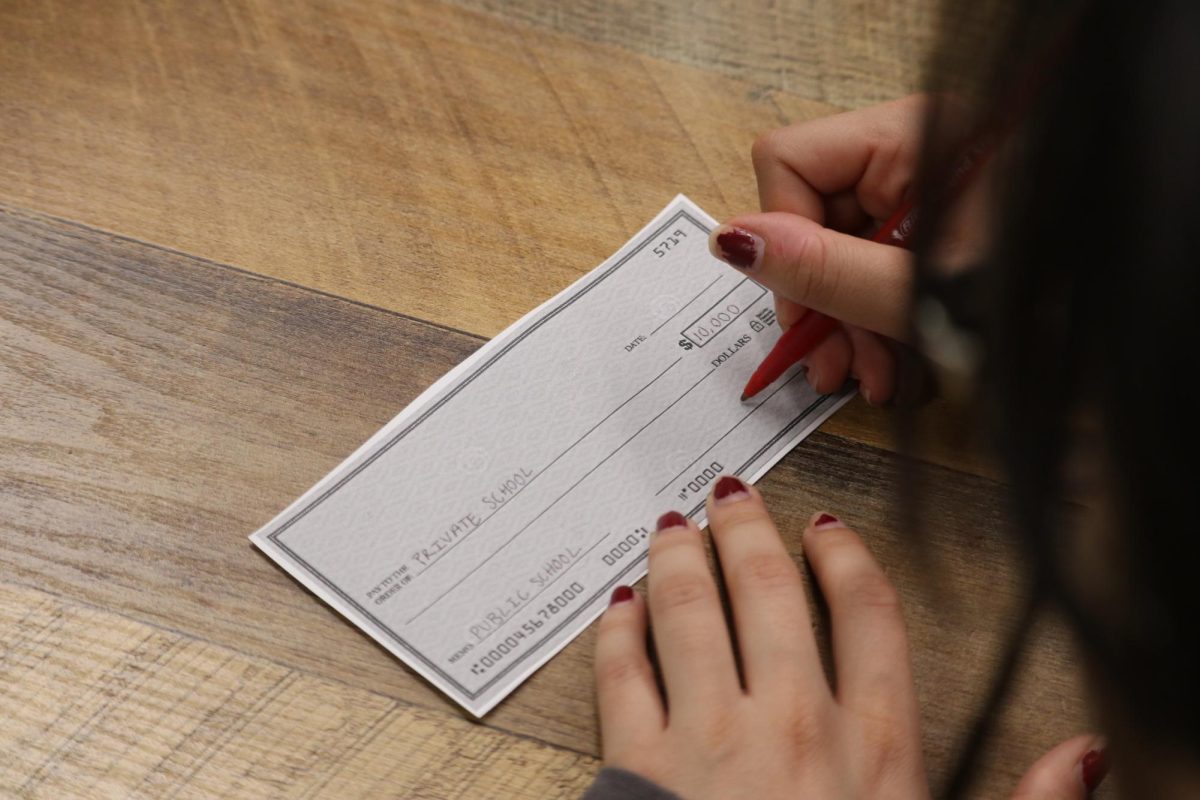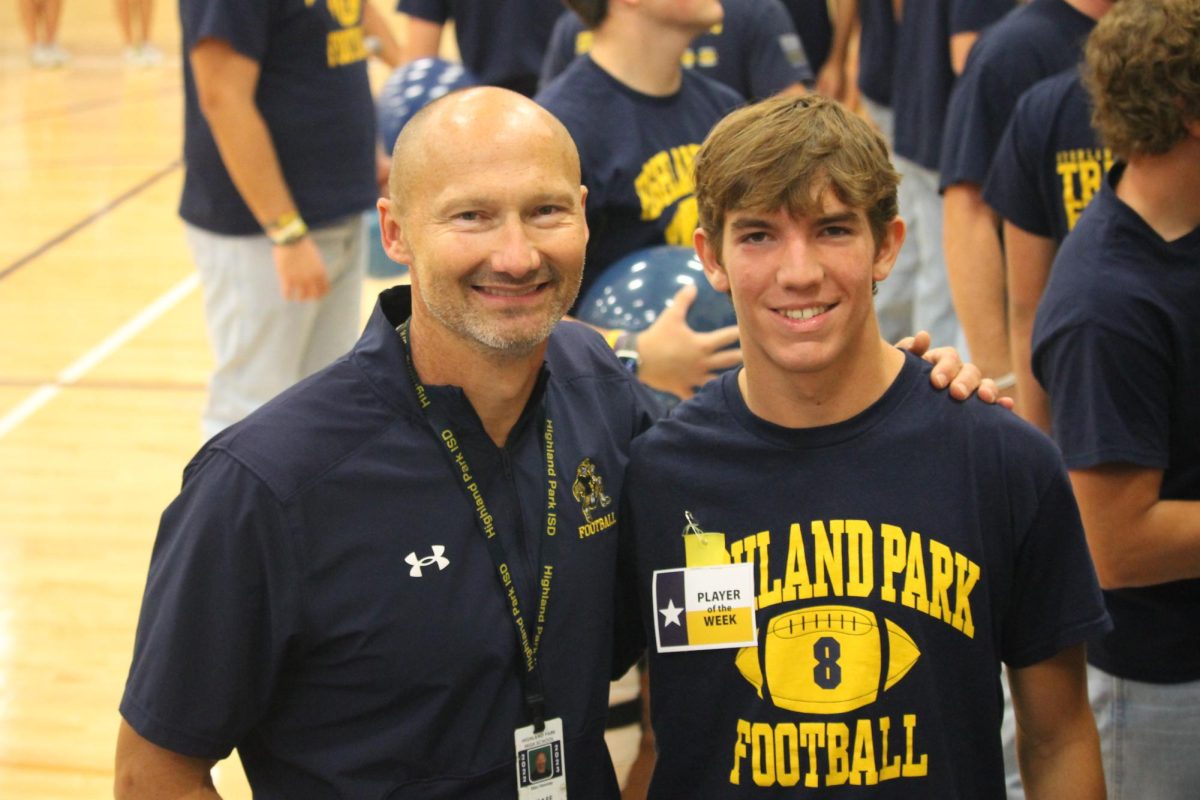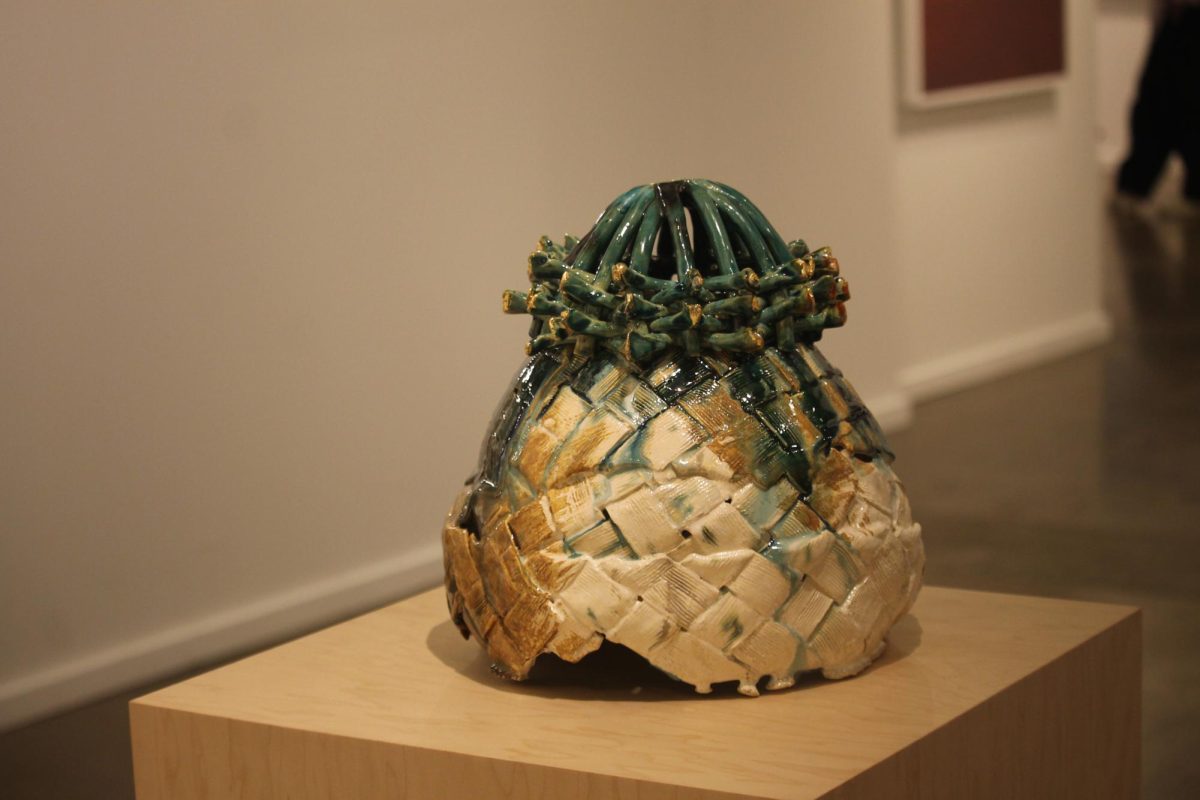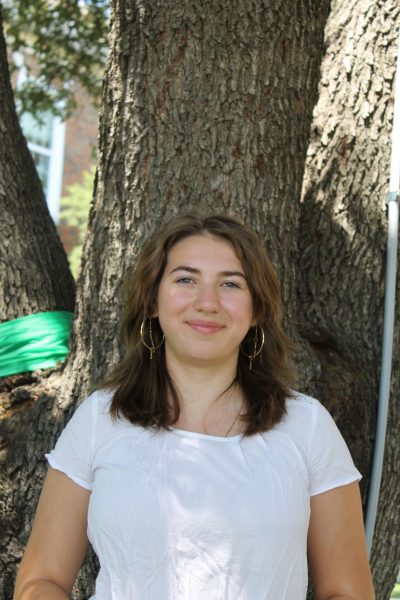For every unit of whole blood donated, three lives can be saved, and recently, those lives were saved by HPHS students. On Monday, Sept. 30, the school held its annual Carter Blood Drive, where over 35 units of blood were donated.
Chris Mader was one of 41 students who gave blood. For Mader, it was an easy and painless process that only took about an hour.
“First they had me fill out a questionnaire, and since I’m 17, I don’t need a parent or legal guardian’s consent. So I signed a form, answered a couple questions about my health and then they stuck an IV in me,” Mader said. “It wasn’t even difficult. I just sat there.”
For Mader, donating blood was a simple process. For the school, organizing the blood drive is just as easy, as the majority of the organization is handled by the Carter BloodCare organization.
“[Organizing it] doesn’t really take too long. It’s pretty much run by the Carter organization,” community service council sponsor Tyson Peterson said.”So our job is just mostly to get the word out to the kids to try to get kids to sign up.”
For places holding a blood drive, the majority of the work is finding donors.
“We typically will have someone at the organization, and they work with our team at Carter BloodCare to establish the logistics as far as the date and the time,” Carter Blood Drives senior public relations expert James Black said. “They also work within the organization to promote it and make people aware so that they can sign up.”
On the day of the drive, Carter BloodCare sent their workers to set up in the auditorium and begin their work.
“We’ll have all of our phlebotomists there. Those are the folks that are there actually drawing the blood and helping everyone,” Black said. “There’s also support staff to help get people signed in, screened, and then making sure that everybody is well after they donate.”
But the work involved in blood donations does not end after the donor is unhooked from their IV. Tests and processing are required before the donated blood can be given to a patient.
“So after it’s donated, it is brought back here to Carter BloodCare, to our labs. First it’s tested and processed -there are about a dozen or 14 different tests that we run testing for different diseases to make sure that everything is fine and safe with the blood,” Black said.
After the blood is deemed safe, it is often separated into its different parts, which can be infused independently and for different purposes, which is why those at Carter BloodCare frequently say that one donation can save three lives.
“Once it’s secured that the blood is safe, then typically it will be processed and divided and separated into its three different components,” Black said. “One unit of whole blood can be separated into its three components, which are the red blood cells, plasma, and platelets.”
For those at Carter BloodCare, the importance of high school and university blood drives cannot be understated, as they make up roughly a quarter of the entire donated blood supply.
“You’ll probably see in the news during the summer and during the holiday season. . . that the blood supply is critical,” Black said. “A large part of that is because during those times, our students and faculty are on break, and so those are donors that we’re not collecting from during those times.”
The Carter Blood Drive has been taking place at the high school for 15 years, and in the past three years it has been held twice a year—once each semester. Students hoping to donate in the spring should be on the lookout for posters and announcements about the blood drive. Students who donate twice before graduation are eligible for a blood drive cord at graduation.
“The need for blood and a blood transfusion is urgent and oftentimes critical. So whenever you step up and you donate blood, you’re helping somebody who urgently needs it,” Black said.




